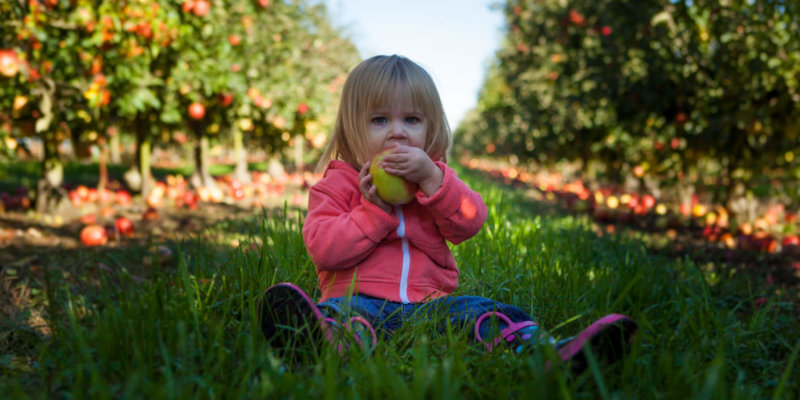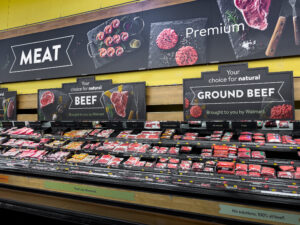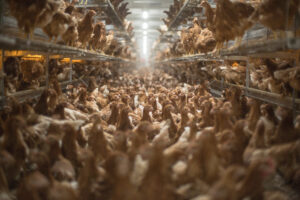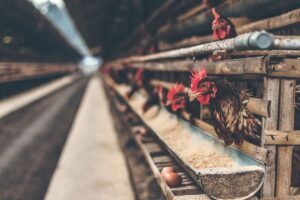‘An Apple a Day’ Isn’t Possible for Everyone
Guidelines for a healthy diet emphasize fresh fruit and vegetables. Right now, there may not be enough in the gardens to nourish a cooler, healthier world. Patrick Fore / Unsplash
Patrick Fore / Unsplash
Canadian scientists have confirmed once again that a healthy diet is the best way to help contain global warming and feed 9.8 billion people by 2050. And that involves, among other things, a global shift away from meat-eating and towards consuming plants instead.
But they have also done the sums and identified a problem: the world just does not produce enough of the fruits and vegetables that are at the heart of nutritional health guidelines almost everywhere.
“We simply can’t all adopt a healthy diet under the current global agricultural system,” said Evan Fraser, a researcher in global food security at the University of Guelph in Ontario, Canada.
“Results show that the global system currently overproduces grains, fats and sugars, while production of fruit and vegetables and, to a smaller degree, protein is not sufficient to meet the nutritional needs of the current population.”
“The only way to eat a nutritionally balanced diet, save land and reduce greenhouse gas emissions is to consume and produce more fruits and vegetables”
It has become an axiom of climate science that the clearing of wilderness to create more pasture and fodder crops for livestock can only accelerate global warming, and a global shift to the US and north European diet would require an extra billion hectares of grazing land.
Researchers have repeatedly argued that to feed a swelling human population and at the same time limit global warming nations should encourage a drastic shift to the kind of diet almost universally recommended in national and international health guidelines.
Professor Fraser and colleagues report in the Public Library of Science journal PLOS One that they looked at international output, divided it by the numbers of humans expected by 2050, and calculated the available servings per citizen per day of each of three food groups.
In the health guidelines, half of the plateful should be fruit and vegetables; 25% should be whole grains and the last quarter protein, fats or oils, and dairy produce.
Lop-sided diet
But right now, the world’s farmers are delivering 12 servings of grain instead of the recommended eight, five servings of fruit and vegetables instead of 15, three servings of oil and fat instead of one, and four servings of sugar instead of the recommended none.
Without a worldwide shift towards a much healthier diet, farmers would have to colonise another 12 million hectares of arable land and at least another billion for pasture.
Were habits to change, however, farmers could deliver enough to feed a growing population and at the same time return perhaps 50 million hectares to the wild, because fruit and vegetables can be grown in smaller spaces than grain, sugar and oils.
“Feeding the next generation is one of the most pressing challenges for the 21st century,” said Professor Fraser. “For a growing population, our calculations suggest that the only way to eat a nutritionally balanced diet, save land and reduce greenhouse gas emissions is to consume and produce more fruits and vegetables as well as transition to diets higher in plant-based protein.”
Your support is crucial…With an uncertain future and a new administration casting doubt on press freedoms, the danger is clear: The truth is at risk.
Now is the time to give. Your tax-deductible support allows us to dig deeper, delivering fearless investigative reporting and analysis that exposes what’s really happening — without compromise.
Stand with our courageous journalists. Donate today to protect a free press, uphold democracy and unearth untold stories.






You need to be a supporter to comment.
There are currently no responses to this article.
Be the first to respond.